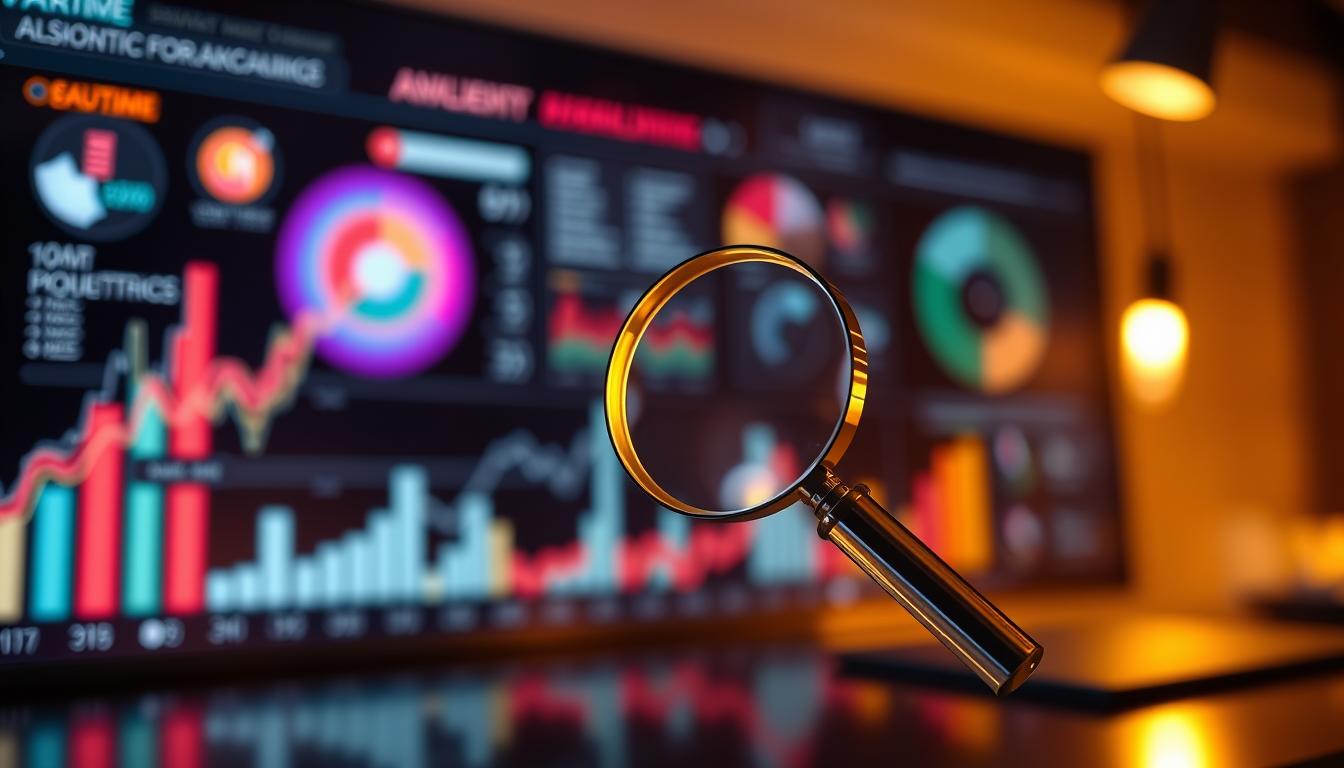|
|
In today’s highly competitive digital landscape, businesses are investing more in online advertising than ever before. However, spending more does not always mean earning more—without proper ROI optimization, ad budgets can quickly be drained with minimal return. Maximizing return on investment (ROI) in digital advertising requires a data-driven approach, strategic campaign structuring, and continuous performance optimization to ensure that every ad dollar is used effectively.
Digital advertising ROI optimization involves refining audience targeting, ad creatives, bidding strategies, and analytics tracking to improve efficiency and profitability. Whether using Google Ads, Facebook Ads, LinkedIn, YouTube, or programmatic display advertising, businesses must focus on conversion-driven tactics that align with their marketing goals. A well-optimized digital advertising strategy ensures that businesses not only reduce cost-per-acquisition (CPA) but also increase customer lifetime value (CLV) and overall revenue growth.
With insights from WiFi Digital, a leader in data-driven digital advertising solutions, this expert guide explores proven strategies for maximizing ROI in paid search, social media advertising, and programmatic campaigns. From leveraging AI-powered bid strategies to refining landing page experience, businesses will discover practical techniques to increase conversion rates and improve return on ad spend (ROAS).
Defining and Measuring ROI in Digital Advertising
To maximize digital advertising ROI, businesses must first establish clear objectives and define the key performance metrics that indicate success. ROI is commonly calculated as:
ROI=(RevenuefromAds−CostofAds)CostofAds×100ROI = \frac{{(Revenue from Ads – Cost of Ads)}}{{Cost of Ads}} \times 100ROI=CostofAds(RevenuefromAds−CostofAds)×100
While revenue is the most direct indicator of advertising success, businesses should track multiple performance metrics to understand how well their campaigns are converting ad spend into measurable business growth.
Key Metrics for Digital Advertising ROI Optimization
✔ Return on Ad Spend (ROAS) – Measures revenue generated per dollar spent on ads. A ROAS of 4:1 (earning $4 for every $1 spent) is a common benchmark for success.
✔ Cost-Per-Acquisition (CPA) – The cost of acquiring a customer. Lowering CPA while maintaining lead quality increases overall ROI.
✔ Click-Through Rate (CTR) – Higher CTR means ads are resonating with audiences, improving engagement and conversion potential.
✔ Conversion Rate (CVR) – Tracks how many ad clicks result in sales, leads, or sign-ups.
✔ Customer Lifetime Value (CLV) – Predicts the total revenue a customer will generate over their relationship with the business. Optimizing for higher-value customers improves long-term ROI.
✔ Ad Quality Score (Google Ads & Facebook Relevance Score) – Higher scores reduce CPC (cost per click), improving ad efficiency.
By continuously monitoring these performance indicators, businesses can adjust their advertising strategies to maximize profitability while minimizing wasted ad spend.
Optimizing Audience Targeting for Higher ROI
One of the biggest drivers of digital advertising ROI is precision audience targeting. Showing ads to the right users at the right time ensures that businesses reach high-intent prospects while avoiding wasted impressions on unqualified traffic.
Best Practices for Audience Targeting
✔ Behavior-Based Targeting – Use historical data and website interactions to identify users most likely to convert. Retarget users who engaged with specific products or services.
✔ Lookalike & Similar Audiences – Platforms like Facebook, Google, and LinkedIn allow businesses to create audiences that mimic high-value existing customers, improving targeting accuracy.
✔ In-Market Audiences – Google Ads enables advertisers to target users actively searching for specific products or services, increasing conversion probability.
✔ Geographic & Device Targeting – Adjust bids and ad placements based on location, device type, and local buying behavior.
✔ Demographic & Interest Segmentation – Tailor ads based on age, gender, income, and browsing behavior. For B2B advertising, leverage LinkedIn’s job title and industry filters.
Refining audience targeting ensures that ad spend is allocated efficiently, focusing on users most likely to engage and convert, ultimately boosting ROI.
Leveraging AI-Driven Bidding Strategies to Reduce Ad Costs
Bid management plays a crucial role in digital advertising profitability. Without proper bidding strategies, businesses may either overspend on clicks or miss out on high-value opportunities. AI-powered bidding strategies help automate and optimize bids in real time, improving efficiency and reducing CPA.
AI-Powered Bidding Strategies for ROI Optimization
✔ Maximize Conversions (Google & Facebook Ads) – AI adjusts bids automatically to generate the highest possible conversion volume within the set budget.
✔ Target CPA (Cost-Per-Acquisition) – Sets bids to achieve a predefined cost per lead or purchase, ensuring profitability.
✔ Target ROAS (Return on Ad Spend) – Google’s AI adjusts bids to maximize revenue while controlling ad spend, perfect for e-commerce brands.
✔ Enhanced CPC (eCPC) – Automatically increases bids for users more likely to convert while reducing bids for lower-quality traffic.
✔ Dayparting (Ad Scheduling) – Adjusts bids based on time of day, ensuring ads run during peak conversion hours while pausing during low-traffic periods.
Businesses that leverage AI-driven bid optimizations can improve efficiency, lower CPC, and scale advertising efforts profitably.
Refining Ad Creative and Messaging for Higher Conversions
Even the best audience targeting and bidding strategies won’t deliver results if ad creatives fail to capture user interest. Ad relevance and engagement are critical for driving higher CTR, lower CPC, and stronger ROI.
Key Elements of High-Performing Ad Creatives
✔ Compelling Headlines & CTAs – Ads should immediately capture attention and encourage action (e.g., “Get 30% Off Today” or “Book a Free Demo”).
✔ Dynamic Ad Creatives – Platforms like Google Display Network and Facebook Ads allow businesses to use AI-powered ad variations, testing different visuals, headlines, and CTAs automatically.
✔ Retargeting with Personalized Offers – Show users customized ads featuring previously viewed products, discount reminders, or exclusive deals.
✔ Mobile-Optimized Ads – Over 70% of digital ad traffic comes from mobile devices, meaning fast-loading mobile landing pages and responsive ads are critical for performance.
By testing ad variations, personalization strategies, and mobile-first creatives, businesses can increase engagement and conversion rates, leading to higher ROI.
Optimizing Landing Pages for Post-Click Success
Driving traffic with highly optimized ads is only part of the equation—if landing pages are not optimized for conversions, ROI suffers. A seamless, fast, and persuasive landing page experience is essential for maximizing digital advertising ROI.
Best Practices for Landing Page Optimization
✔ Fast Loading Speed – Pages should load in under 3 seconds to reduce bounce rates. Implement Google AMP (Accelerated Mobile Pages) for instant loading.
✔ Single, Clear CTA – Remove distractions and focus on one conversion goal, whether it’s buy now, sign up, or request a quote.
✔ Trust Signals – Use testimonials, security badges, and money-back guarantees to reduce hesitation.
✔ A/B Testing – Regularly test different page layouts, headlines, and CTAs to find the highest-performing variations.
A well-optimized landing page ensures that ad spend is not wasted on visitors who abandon due to poor user experience, ultimately increasing conversion rates and ROI.
Maximizing digital advertising ROI requires a holistic, data-driven approach that involves precision targeting, AI-powered bidding, high-performing ad creatives, and optimized landing pages. By focusing on cost efficiency, audience segmentation, and continuous testing, businesses can increase conversions while reducing wasted ad spend.
With WiFi Digital’s expertise in AI-driven ad optimization, businesses can develop high-ROI advertising strategies that ensure sustainable growth and profitability. Now is the time to refine your digital advertising approach, optimize performance, and scale campaigns with confidence. 🚀
WiFi Digital: Connecting Businesses to the Digital Future
In today’s fast-paced world, where a strong digital presence is essential for business growth, WiFi Digital emerges as a strategic partner for small and medium-sized businesses (SMBs). Founded in 2023 and based in London, Ontario, the company has a clear mission: to provide affordable, high-quality solutions that help businesses thrive online. With an experienced and passionate team, WiFi Digital goes beyond simply creating websites and marketing strategies. Its purpose is to empower entrepreneurs, strengthen brands, and give clients more free time to focus on what truly matters – growing their business and improving their quality of life.
WiFi Digital develops websites that authentically and professionally represent your brand, optimizes systems and digital marketing strategies to enhance visibility and return on investment (ROI), and offers affordable, customized solutions, ensuring that businesses of all sizes have access to effective growth tools. With transparency, partnership, and innovation, the company provides each client with the necessary support to achieve real results.
Business digitalization is not just about numbers or metrics. It directly impacts entrepreneurs’ well-being, bringing more organization, efficiency, and freedom to focus on what truly matters. WiFi Digital understands that by investing in digital solutions, businesses gain time, reduce operational stress, and create opportunities to connect better with their customers. A well-structured online presence not only increases sales but also strengthens the public’s trust in the brand.
Beyond technical expertise, WiFi Digital’s key differentiator is its commitment to people. The company values genuine relationships, creates tailored strategies, and works side by side with clients to ensure that every solution meets their specific needs. If you’re looking to boost your brand, attract more customers, and still have more time to focus on what truly matters, now is the time to act!
💡 Transform your digital presence with experts who understand your needs.
📩 Contact us now: contact@wifidigital.ca
🌍 Learn more: www.wifidigital.ca
🚀 Your growth starts here!




